There are only a few more weeks until the end of the year and, even though your plate is already overflowing, here are a few tax and financial items to take care of before the ball drops.
1. VHEIP Contributions
Don’t miss out on a valuable Vermont tax deduction! Each parent may contribute up to $2,500 per beneficiary per year for a 10% Vermont tax credit. This means a 2-parent/2-child family could receive a tax credit of $1,000! Don't have children but think you might in the future? Start an account today in your own name and transfer it to your child's name later. Worst case, you can use it to take courses yourself.
2. UPromise Accounts
Along the same lines as a VHEIP, a UPromise account can help you save for your child’s future tuition costs. It’s a great idea to have one when the holiday shopping season hits. Simply go to UPromise.com and create an account. Any online shopping should occur by first accessing your account with UPromise. You can link credit/debit cards for automatic savings, tell friends and family about the program so they can help, and download software to your computer so your shopping will be automatically linked through UPromise. There are also cash back offers for dining out, so treat yourself!
3. Flex Accounts and Health Savings Accounts
You've contributed hard earned money to your flex account so don't let it go to waste. Any dollars still in the account after 12/31 will be lost. It may be difficult to schedule an appointment with your doctor at this point, but think about refilling prescriptions or stocking up on contacts – items you know you’ll use.
The IRS allows HSA contributions up to $3,250 for single plans and $6,450 for family plans. Take advantage of a tax deduction by funding your account. Even if you're losing your high deductible health plan in 2014, you can still use the HSA to reimburse yourself for out-of-pocket expenses. Unused contributions can remain in the account to be used as a pseudo IRA and withdrawn penalty free at retirement age. Technically, contributions can be made until April 15, 2014 for 2013, so feel free to procrastinate on this one. Just be sure your bank codes the contribution to the correct year.
4. Check Credit Report
We recommend using the free website annualcreditreport.com to check in on your credit periodically throughout the year. The site offers reports from 3 credit agencies so you can access one on April 1st, another on August 1st, and the third on December 1st. It is a good idea to pay the fee for obtaining your credit score ONE time during the year.
5. Charitable Contributions
Start cleaning those closets to make room for items received over the holidays! Clean out the pantry and donate to your local food shelf. Sponsor a child for Christmas. Just don't forget those receipts! Also see our previous post on getting the most from your charitable contributions.6. Review Investment Statements
For taxable accounts, check the amount of realized gains/losses. If there are substantial gains, think about selling some “loser” stocks to offset the tax. Always consult your investment advisor beforehand.
For retirement accounts, review beneficiary information to be sure it’s correct. So many times we see an ex-spouse listed as a beneficiary and, usually, it’s already too late.
7. Review Income/Expenses
Don’t get caught by surprise at tax time. If you are experiencing an unusually large profit in your business, think about buying needed equipment to reduce the tax consequences.
Review your household expenses. You don’t need to be fancy with QuickBooks or an Excel spreadsheet – simply look back over your bank statements and credit card statements to see where the money goes. Once you figure it out, set up a budget for 2014 and stick to it!
